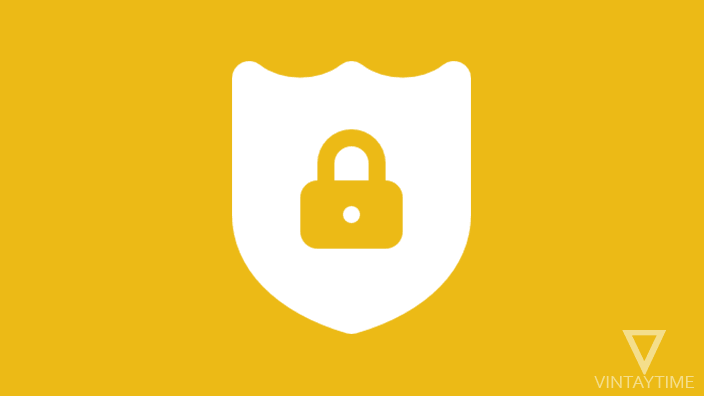The role of the internet in education has been transformative, revolutionizing the way students learn, access information, and collaborate. Here are some key aspects of the internet’s role in education:
Access to Information:
The internet provides students with access to an unprecedented amount of information. It serves as a vast digital library where students can find resources, research materials, academic papers, and textbooks on a wide range of subjects.

Global Learning:
Through online courses, students can access educational content and interact with instructors and peers from around the world. This global learning experience exposes students to diverse perspectives and cultures.
Flexibility and Convenience:
Online education offers flexibility in terms of when and where students can learn. This is particularly beneficial for working adults, parents, and those with busy schedules who can now pursue education at their own pace.
Self-Paced Learning:
The internet enables self-paced learning, allowing students to progress through materials at their own speed. This accommodates different learning styles and paces.
Interactive Learning:
Online platforms often incorporate interactive elements such as quizzes, simulations, and multimedia presentations that enhance the learning experience and engage students.
Access to Experts:
Students can connect with Academic experts like Paper Perk and educators from around the world through webinars, online forums, and social media. This facilitates the exchange of knowledge and ideas.
Collaboration:
Online collaboration tools, including video conferencing and shared documents, enable students to work together on projects and assignments regardless of their physical locations.
Open Educational Resources (OER):
The internet has led to the creation and sharing of OER, which are freely accessible educational materials. These resources help reduce the cost of textbooks and course materials.
Skill Development:
Online platforms offer courses and tutorials on a wide range of practical skills, from coding to graphic design, allowing students to acquire marketable skills outside traditional educational settings.
Adaptive Learning:
Internet-based educational platforms often incorporate adaptive learning technologies that tailor content to each student’s level and progress, optimizing their learning experience.
Educational Apps:
Mobile apps provide students with access to educational content on their smartphones and tablets, making learning more portable and accessible.
Research and Innovation:
The internet has facilitated collaborative research efforts and allowed researchers to share their findings more widely, accelerating the pace of innovation in education.
Professional Development:
Professionals can engage in continuous learning and skill development through online courses and webinars, enhancing their career prospects.
Global Awareness:
Internet-enabled education promotes global awareness and understanding by connecting students with international news, perspectives, and global challenges.
Accessibility:
The internet has opened up educational opportunities for individuals with disabilities, with assistive technologies and accessible online content making learning more inclusive.
Remote Learning:
Especially highlighted during the COVID-19 pandemic, the internet has enabled remote learning, ensuring continuity of education during disruptions.However, it’s important to acknowledge that the digital divide, where some individuals lack access to reliable internet and devices, remains a significant challenge. Addressing this divide is crucial to ensure equitable access to the benefits of internet-based education.




